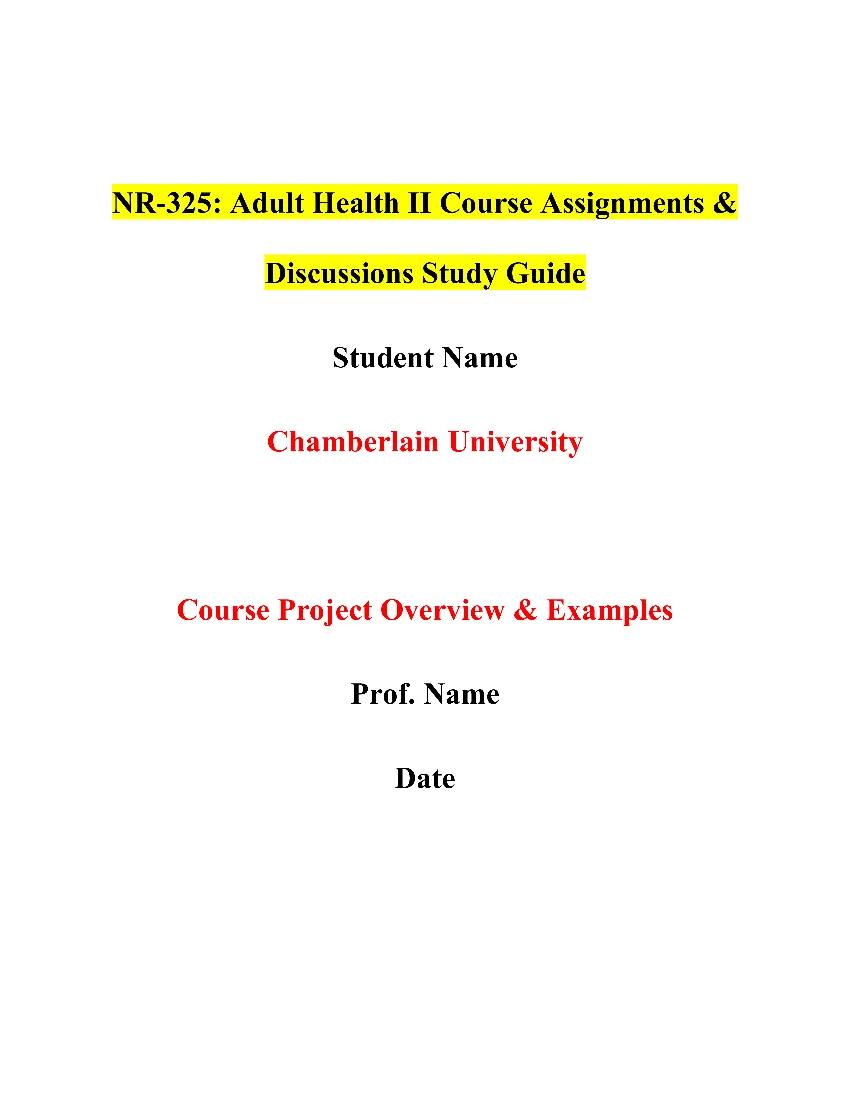Can deception – pretending something is true when it is not – sometimes have good results?
Definition of Deception
Deception is the act of deliberately misleading or deceiving someone, usually by conveying false information or withholding important information. It can take many forms, including lying, exaggerating, or omitting important details. Deception can be intentional or unintentional, and it can be used for a variety of purposes, both good and bad.
There are two kinds of pretending. There is the bad kind, as when a person falsely promises to be your friend. But there is also a good kind, where the pretense eventually turns into the real thing. For example, when you are not feeling particularly friendly, the best thing you can do, very often, is to act in a friendly manner. In a few minutes, you may freely be feeling friendlier.
Deception, or pretending that something is true when it is not, is generally considered to be unethical and harmful. However, there are some situations where deception may have good results. For example, in certain circumstances, deception can be used to protect people from harm, to avoid hurting someone’s feelings, or to achieve a greater good.
Why Deception is Generally Considered Unethical
Deception is generally considered to be unethical for several reasons. First, it can undermine trust between people and damage relationships. If someone discovers that they have been deceived, they may feel betrayed and be less likely to trust the person who deceived them in the future. Second, deception can be harmful, especially if it leads to someone making a decision that is not in their best interests. Finally, deception can be seen as a violation of moral or ethical principles, since it involves deliberately misleading someone in order to achieve a desired outcome.
Check out another task that our paper writing services have assisted another student on Diamond Chemicals PLC (A) and (B)
Examples of Situations Where Deception Might Have Good Results
While deception is generally considered unethical, there are some situations where it might have good results. Here are a few examples:
White Lies
One of the most common examples of deception that might have good results is the use of white lies. A white lie is a minor or harmless falsehood that is told to avoid hurting someone’s feelings or causing conflict. For example, if someone asks if you like their new haircut, and you don’t, it might be better to tell a small lie and say that you do, rather than cause them to feel self-conscious or upset. While this type of deception is not always necessary, it can be used to preserve relationships and avoid unnecessary conflict.
Undercover Police Work
Another example of deception that might have good results is the use of undercover police work. Undercover police officers often use deception to gather information and prevent criminal activity. By pretending to be someone they are not, they can gain the trust of criminals and gather evidence that can be used to arrest them. While this type of deception can be controversial, it is sometimes seen as necessary to protect society from harm.
Military Operations
Deception has also been used in military operations to achieve the greater good. For example, during the D-Day invasion in World War II, the Allies used deception tactics to mislead the Germans about the location and timing of the invasion. By doing so, they were able to achieve victory and help end the war. While this type of deception can have significant consequences, it is sometimes seen as necessary to achieve the greater good.
Healthcare
Finally, deception is sometimes used in healthcare to help patients feel better. For example, doctors and nurses may tell patients that a medication will taste good even if it doesn’t, or tell a child that a shot won’t hurt. While these types of deceptions are small, they can help patients feel more comfortable and relaxed, which can aid in their recovery.
You can find more research paper writing tips and examples, such as understanding how to get better at writing papers, in another article.
Use of Deception as a Tool in Research and Conducting Experiments
Deception is used in research in order to prevent participants from behaving in an expected way. For example, if participants know they are being observed about how angry something makes them, they may behave with more anger since that is what the study is about Or they may want to seem as though they do not easily anger and try to show no anger at all.
Deception can be a helpful tool in conducting experiments
The use of deception in research has been a topic of controversy and ethical debate for many years. While some argue that deception is necessary to obtain valid results, others argue that it violates the fundamental principles of informed consent and respect for persons. In this discussion, we will explore when and how much deception is acceptable in research, and when a researcher has taken deception too far.
When Deception is Acceptable
Deception may be considered acceptable in research when it is necessary to obtain valid results that cannot be obtained through other means. For example, if a researcher wants to study the effects of stress on decision-making, they may need to induce stress in the participants without letting them know the true purpose of the study. This type of deception can be justified if the potential benefits of the research outweigh the risks to the participants.
Another situation where deception may be acceptable is when it is used to protect the privacy or safety of the participants. For example, if a researcher is studying a stigmatized behavior, such as drug use or sexual activity, they may need to deceive the participants about the true nature of the study in order to protect their privacy. This type of deception can be justified if the potential harm to the participants from being identified outweighs the risks of deception.
How Much Deception is Acceptable
When deception is deemed necessary in research, it is important to consider how much deception is acceptable. Generally, the principle of minimal deception should be followed, meaning that only the minimum amount of deception necessary to obtain valid results should be used. Researchers should avoid deceiving participants about matters that are not directly related to the research question, and they should provide a full debriefing to participants at the end of the study, explaining the true purpose of the research and the reasons for the deception.
When a Researcher Has Taken Deception Too Far
There are several situations where a researcher may be considered to have taken deception too far. One situation is when the deception causes harm or distress to the participants. For example, if a researcher deceives participants into believing that they have a life-threatening illness in order to study their reactions, this would be considered unethical and potentially harmful.
Another situation where a researcher may have taken deception too far is when the deception undermines the trust between the researcher and the participants. If participants feel that they cannot trust the researcher, they may be less likely to participate in future studies, which could harm the field of research as a whole.
Finally, a researcher may be considered to have taken deception too far if they do not provide a full debriefing to the participants at the end of the study. Participants have a right to know the true purpose of the research and the reasons for any deception, and failing to provide this information violates their right to informed consent.
Conclusion
Deception can be a helpful tool in conducting experiments when it is necessary to obtain valid results that cannot be obtained through other means. However, when using deception, researchers must consider how much deception is acceptable and ensure that they do not take deception too far, causing harm or undermining the trust between the researcher and the participants. Ultimately, the ethical principles of informed consent and respect for persons must guide decisions about the use of deception in research.
FAQs on deception – pretending something is true when it is not
Can deception be used for good?
Deception is often seen as a negative trait, but there are situations where it can be used for good. For example, doctors may use deception to help their patients feel more comfortable during medical procedures or to avoid causing them undue stress. In a legal context, undercover police officers may use deception to gather evidence against criminal organizations. Similarly, intelligence agencies may use deception to protect national security.
Can deception have good results?
Deception can sometimes have positive results, such as when it is used to prevent harm or to achieve a greater good. For example, a person may deceive someone else to prevent them from making a harmful decision or to achieve a goal that will benefit others. However, the morality of such actions depends on the circumstances and the motivations behind them.
Can deception be good?
The moral value of deception depends on the context and the motivations behind it. The deception that is used to prevent harm or to achieve a greater good may be seen as morally justifiable. On the other hand, a deception that is used to manipulate or exploit others is generally considered morally wrong.
Can deception be satire?
Satire can sometimes involve deception, such as when a writer or performer pretends to be someone else in order to mock or criticize a particular individual or group. However, the purpose of satire is not to deceive or manipulate others for personal gain, but rather to comment on social or political issues.
When can deception be good for you?
Deception may be seen as morally justifiable in certain situations, such as when it is used to protect oneself or others from harm. For example, a person may deceive an abusive partner to escape a dangerous situation, or a parent may deceive their child to protect them from a traumatic experience.
How can deception be used to effect positive change?
Deception can be used to effect positive change by exposing wrongdoing or promoting social justice. For example, investigative journalists may use deception to uncover corruption or unethical practices in government or business, or activists may use deception to draw attention to a particular cause or issue.
Can deception be justified?
Whether or not deception can be justified depends on the situation and the motivations behind it. The deception that is used to prevent harm or to achieve a greater good may be seen as morally justifiable, while deception that is used to manipulate or exploit others is generally considered morally wrong.
Can deception when using children in research be justified?
Deception in research involving children is generally discouraged, but there may be circumstances where it is necessary or justifiable. For example, if the research involves a sensitive topic that may be distressing to children, researchers may use deception to protect their emotional well-being.
How can deception be used for personal gain?
Deception used for personal gain is generally considered morally wrong. It involves manipulating or exploiting others in order to achieve one’s own goals or desires. Such actions can damage relationships and erode trust and may have long-term negative consequences.
Can deception be used for entertainment?
Deception can be used for entertainment, such as in magic shows or practical jokes. However, it is important to ensure that the deception does not harm or offend others and that it is done with their consent.
Can deception be used in advertising?
Deception in advertising is generally seen as unethical, as it involves manipulating or misleading consumers in order to sell products or services. However, some forms of exaggeration or hyperbole in advertising may be considered acceptable if they do not misrepresent the product or service being advertised.
Can deception be used in personal relationships?
Deception in personal relationships, such as lying to a partner or friend, is generally considered morally wrong as it undermines trust and can lead to emotional harm. However, there may be situations where deception is used to protect someone’s feelings or to avoid conflict.
Can deception be used in negotiations?
Deception may be used in negotiations, such as in business or political settings, in order to gain an advantage or to secure a better deal. However, the use of deception can damage relationships and erode trust and may lead to negative long-term consequences.
Can deception be used in self-defense?
Deception may be used in self-defense to protect oneself from harm. For example, a person may use deception to distract an attacker or to escape a dangerous situation. However, the use of deception should be proportionate to the threat and should not cause harm to others.
Can deception be used in art?
Deception can be used in art, such as in performance art or conceptual art, to challenge perceptions and to provoke thought. However, the use of deception in art should not harm or exploit others and should be done with the audience’s consent.
Can deception be used in politics?
Deception in politics, such as lying or spreading false information, is generally seen as unethical and can erode trust in democratic institutions. However, politicians may use deception in some situations, such as in diplomatic negotiations, where it is seen as necessary to protect national interests.
Final Remarks on deception – pretending something is true when it is not
While deception is generally considered to be unethical and harmful, there are some situations where it might have good results. It is important to weigh the potential benefits and harms of deception in each individual situation and to consider alternative approaches before resorting to deception. When deception is used, it should be used sparingly and with caution, and the potential consequences should be carefully considered.
Get Professional Paper Writing Help With Your Assignments
As one of the most widely used essay writing services, ReliablePapers.com is dedicated to assisting students in realizing their academic potential through the provision of high-quality paper writing assistance.
Customers have the option of choosing the writers who will work on their orders at ReliablePapers.com, and the company has a large pool of qualified writers who can produce high-quality papers on a variety of topics.
Additionally, our company guarantees that all papers are delivered on time and contain accurate information. We also guarantee that each and every one of our custom academic papers is written from scratch and delivered to the customer in accordance with their specific requirements.
We also provide other paper writing services, including essays, reports, reviews, articles, case studies, and more.
Hire an Expert Paper Writer on Any Subject, Any Topic, Any Deadline! Submit your paper instructions by placing your order here to get started!





 Psychology homework help guarantee high grades and helps you meet all your academic needs.
Psychology homework help guarantee high grades and helps you meet all your academic needs.

 History paper writing guide to assist students in the writing process.
History paper writing guide to assist students in the writing process. Expository essays are mainly written for the purpose of exposing a particular fact to different readers. For one to write this type of essay, he/she must do enough research in order to convince readers of his/her opinions.
Expository essays are mainly written for the purpose of exposing a particular fact to different readers. For one to write this type of essay, he/she must do enough research in order to convince readers of his/her opinions. As the name suggests, explanatory essays are a type of writing in which a writer is expected to present their own perspective on a given topic, event, or situation.
As the name suggests, explanatory essays are a type of writing in which a writer is expected to present their own perspective on a given topic, event, or situation. Responsive essays are mainly for the purpose of responding to or answering a particular opinion.
Responsive essays are mainly for the purpose of responding to or answering a particular opinion. NR-325: Adult Health II Course Description
NR-325: Adult Health II Course Description